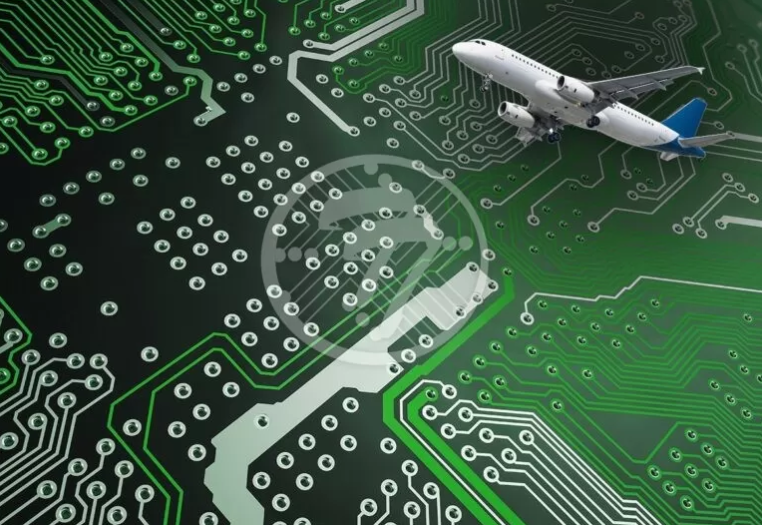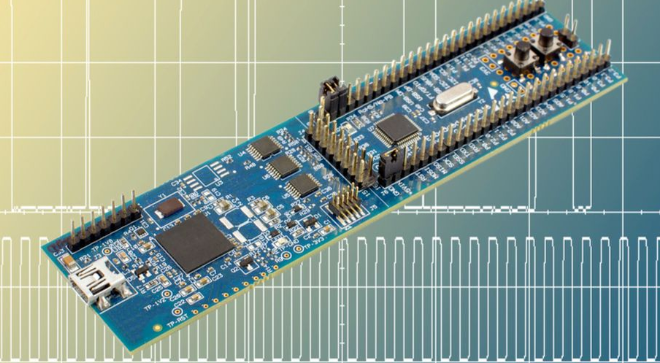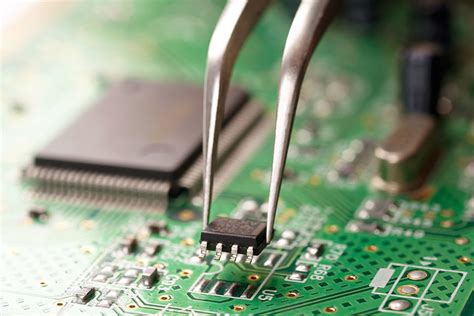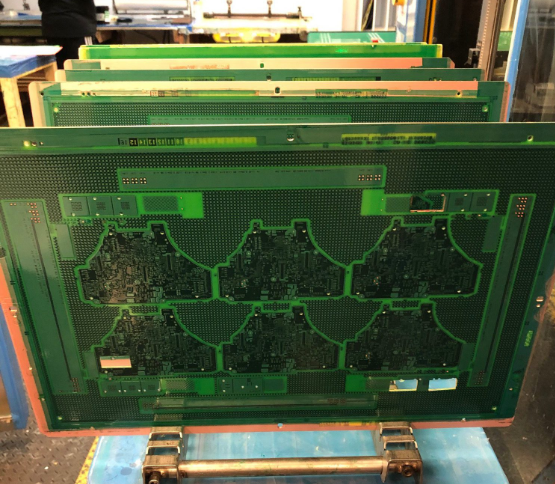Techniques for Developing Aviation Electronics PCBs
Introduction
The aviation industry demands high reliability, precision, and durability in electronic systems. Printed Circuit Boards (PCBs) used in aviation electronics must withstand extreme environmental conditions, including temperature fluctuations, vibrations, and electromagnetic interference (EMI). Designing PCBs for aviation applications requires specialized techniques to ensure compliance with stringent industry standards such as DO-254, DO-160, and IPC-A-610. This article explores key techniques for developing aviation electronics PCBs, covering design considerations, material selection, signal integrity, thermal management, and testing methodologies.

1. Design Considerations for Aviation PCBs
1.1 Compliance with Industry Standards
Aviation PCBs must adhere to strict regulatory standards, including:
- DO-254 (Design Assurance Guidance for Airborne Electronic Hardware)
- DO-160 (Environmental Conditions and Test Procedures for Airborne Equipment)
- IPC-A-610 (Acceptability of Electronic Assemblies)
Designers must ensure that their PCBs meet these requirements for reliability, safety, and performance.
1.2 High-Density Interconnect (HDI) Design
Modern aviation electronics require compact, high-performance PCBs. HDI techniques such as microvias, blind vias, and buried vias help reduce board size while maintaining signal integrity.
1.3 EMI/EMC Shielding
Electromagnetic interference (EMI) can disrupt avionics systems. Techniques to mitigate EMI include:
- Proper grounding and shielding
- Use of EMI filters
- Strategic placement of high-speed signals away from sensitive analog circuits
2. Material Selection for Aviation PCBs
2.1 High-Temperature Substrates
Aviation PCBs must endure extreme temperatures. Common materials include:
- FR-4 with High Tg (Glass Transition Temperature)
- Polyimide (for flexible PCBs)
- Ceramic-based substrates (for high-power applications)
2.2 Conformal Coating
To protect against moisture, dust, and chemical exposure, aviation PCBs often use conformal coatings such as:
- Acrylic (easy to repair)
- Silicone (flexible and heat-resistant)
- Parylene (ultra-thin and highly protective)
3. Signal Integrity and Power Integrity
3.1 Controlled Impedance Routing
High-speed signals in aviation systems (e.g., radar, communication modules) require controlled impedance to prevent signal degradation. Techniques include:
- Proper trace width and spacing calculations
- Use of differential pairs for high-speed signals
3.2 Power Distribution Network (PDN) Optimization
Stable power delivery is critical. Best practices include:
- Low-inductance decoupling capacitors
- Proper power plane design
- Minimizing voltage drops with thick copper layers
4. Thermal Management Techniques
4.1 Heat Dissipation Strategies
Aviation electronics generate significant heat. Effective cooling methods include:
- Thermal vias to transfer heat to inner layers
- Metal-core PCBs for high-power components
- Heat sinks and thermal pads
4.2 Simulation and Analysis
Thermal simulation tools (e.g., ANSYS, COMSOL) help predict hotspots and optimize PCB layouts for better heat dissipation.

5. Manufacturing and Testing
5.1 Rigorous Testing Procedures
Aviation PCBs undergo extensive testing, including:
- Environmental Stress Testing (DO-160)
- Automated Optical Inspection (AOI)
- X-ray Inspection for BGA and Microvias
5.2 Design for Manufacturability (DFM)
To avoid production defects, designers should:
- Follow IPC standards for trace width and spacing
- Avoid acute angles in traces
- Ensure proper solder mask application
Conclusion
Developing PCBs for aviation electronics requires meticulous attention to design, material selection, signal integrity, thermal management, and testing. By adhering to industry standards and employing advanced techniques such as HDI design, EMI shielding, and thermal optimization, engineers can create reliable and high-performance PCBs for aviation applications. Continuous advancements in PCB technology will further enhance the safety and efficiency of aviation electronics in the future.
This article provides a comprehensive overview of key techniques, but engineers must stay updated with evolving industry trends and regulatory requirements to ensure compliance and innovation in aviation PCB design.






